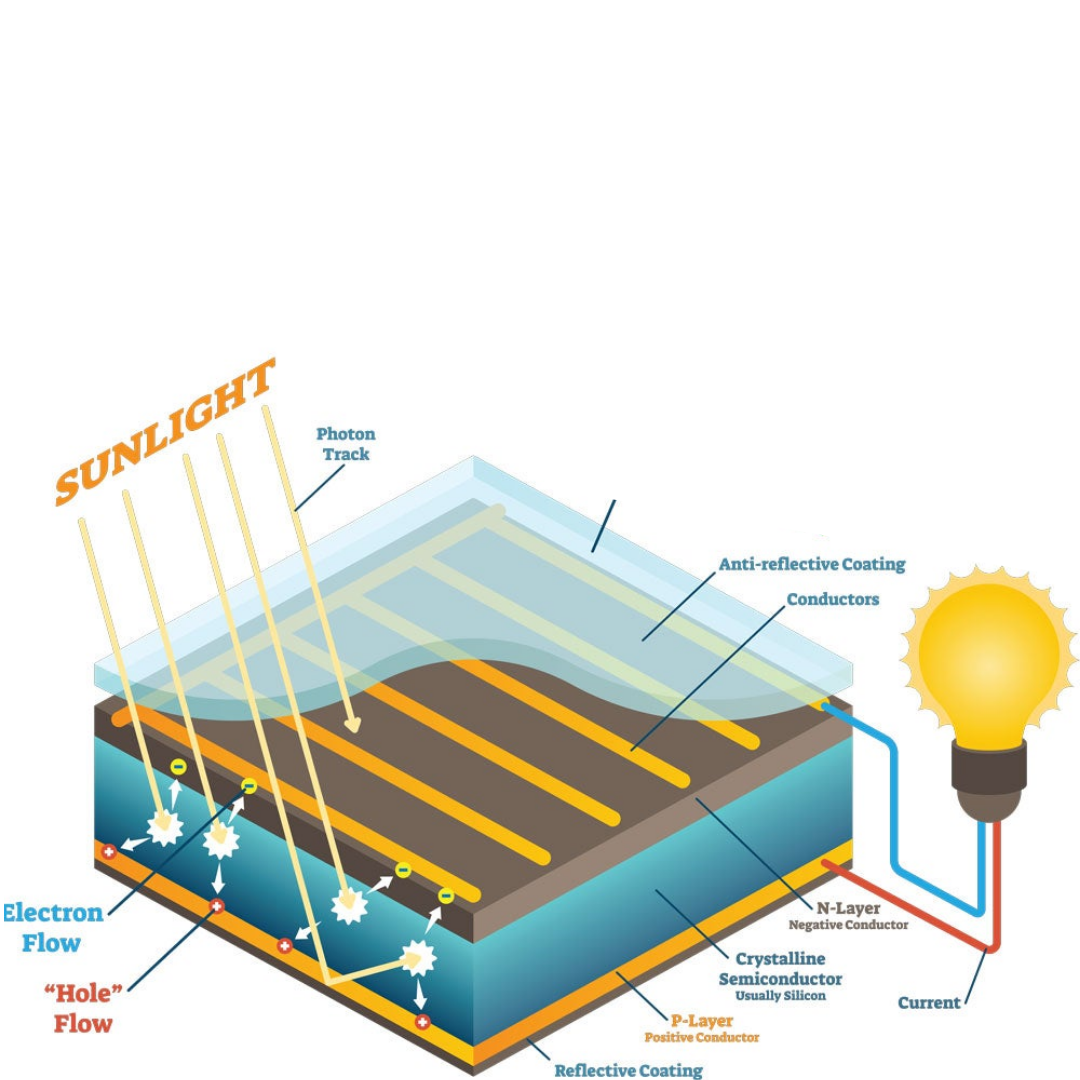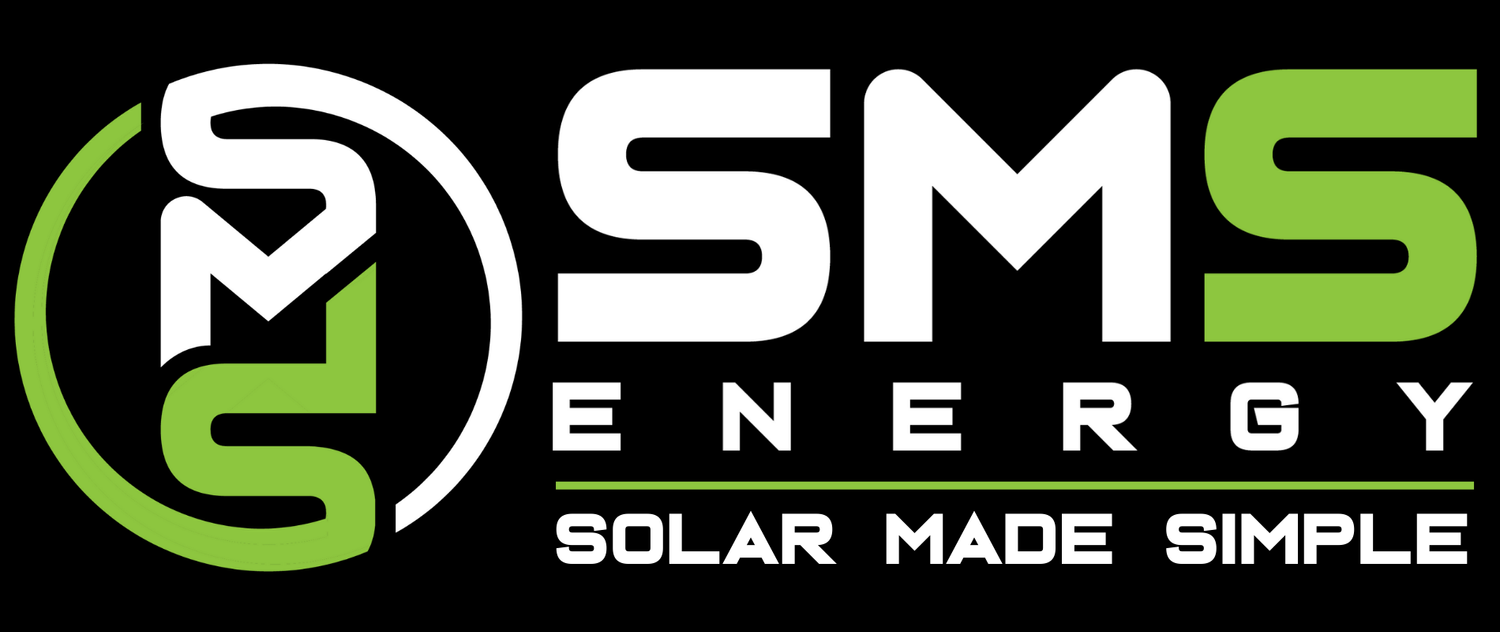How Does It Work?
-

How Do Solar Panels Create Electricity
A solar panel is a collection of many photovoltaic (PV) cells that are covered with protective glass and held together with a metal frame, most commonly referred to as the “Solar Panel” or “Solar Module”.
These PV solar cells are made of semiconductor material, typically silicon, that is sliced super thin. Each PV cell has a negative layer and a positive layer. The negative layer has extra electrons and the positive layer has space for those electrons. For a solar panel to generate electricity we just need some energy to bump those electrons loose so they will flow from the negative layer to the positive layer.
This brings us to the star of the show, the SUN. The photons from the sun that are hitting our planet’s surface all day long are the key to answering the question of how do solar panels work.
The energy from those photons knock loose the electrons in the negative side of the PV cell and get them moving, which means we now have electricity flowing. This is called the Photovoltaic Effect. This flow of electrons produces DC power that we can harness.
-

DC to AC Power Conversion
The solar panels produce Direct Current (DC) electricity but the electricity generation that we use in our homes is Alternating Current (AC). To fix this problem, we add an inverter to our circuit. Then, the inverter converts the DC power to AC power.
The inverter is a key factor in determining how solar panels work because without an inverter in our PV system, we can’t do much with the power generated from the solar panels.
There are many different types of solar inverters on the market and SMS custom designs each project to include the inverter best suited for the circumstances on the project. Rest assured, SMS knows how important this is.
-

Bringing It All Home
To bring it all together, in a standard, grid-tied system, the AC electricity from the inverter feeds into the home or commercial building. That AC power runs the electrical loads like lights, appliances, computers, air conditioners and machinery.
With net metering, if the solar panels are generating more power than those loads are using, then the excess energy is fed to the utility company. This excess power is tracked by the electric meter and the utility company will give you credit for it. If the loads need more power than the solar panels are generating, then the extra power needed comes from the utility company and you use up the credits that you have built up.
